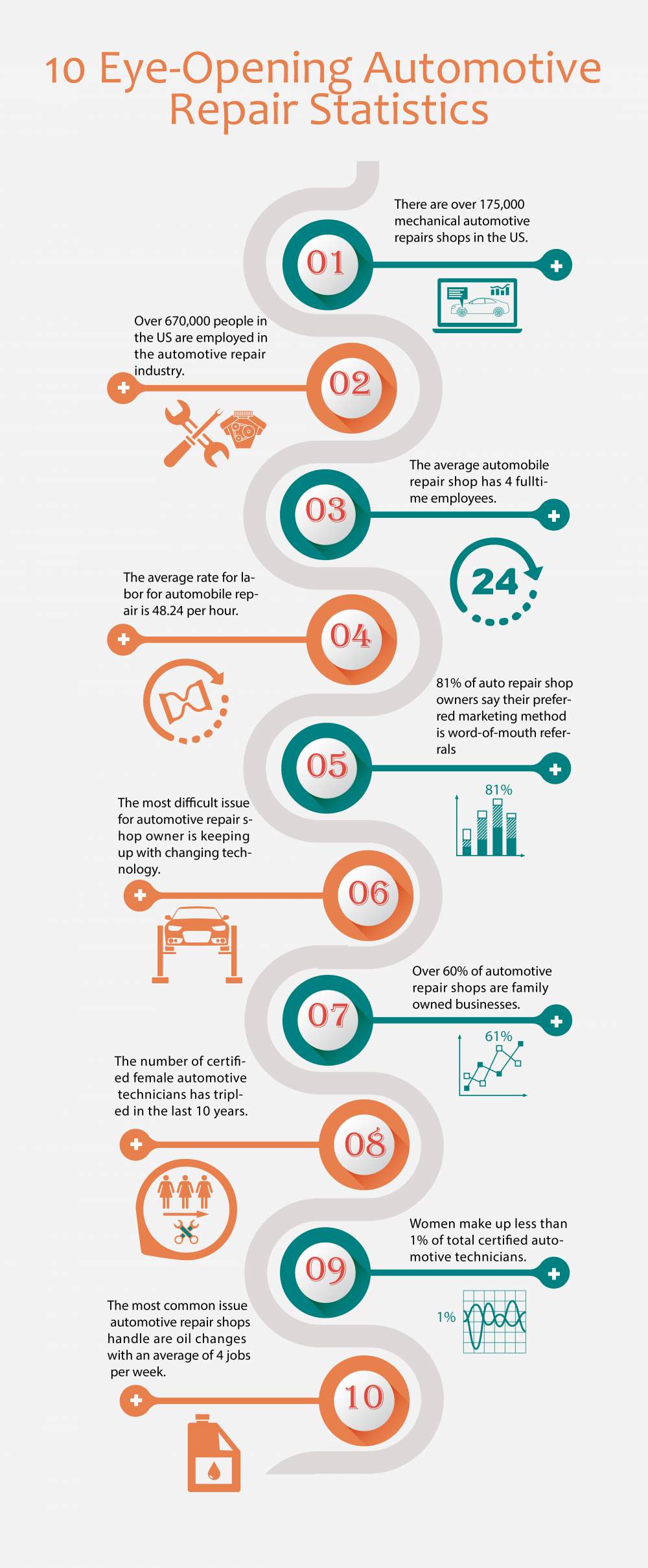Recognizing Your Car'S Caution Lighting: What Do They Really Mean?
Recognizing Your Car'S Caution Lighting: What Do They Really Mean?
Blog Article
Web Content Produce By-Sykes Winters
When you're behind the wheel, those beautiful warning lights on your dashboard can be a little bit complicated. Do you understand what they're trying to tell you concerning your automobile's health? Recognizing the relevance of these lights is crucial for your safety and the long life of your vehicle. So, the next time one of those lights appears, would not you wish to understand its message precisely and take the essential steps to resolve it?
Common Warning Lighting and Interpretations
Recognize common caution lights in your vehicle and understand their meanings to guarantee secure driving.
One of the most common caution lights include the check engine light, which signifies concerns with the engine or discharges system. If this light begins, it's crucial to have your car examined quickly.
The oil pressure warning light suggests low oil stress, needing instant focus to prevent engine damages.
A blinking battery light may suggest a malfunctioning billing system, possibly leaving you stranded if not resolved.
The tire pressure surveillance system (TPMS) light notifies you to low tire stress, affecting lorry security and gas effectiveness. Overlooking this can result in hazardous driving conditions.
The ABS light indicates an issue with the anti-lock stopping system, jeopardizing your ability to stop quickly in emergencies.
Finally, the coolant temperature cautioning light warns of engine overheating, which can cause serious damage otherwise fixed quickly.
Comprehending these common caution lights will certainly assist you attend to issues promptly and keep secure driving conditions.
Importance of Prompt Focus
Recognizing the common warning lights in your automobile is just the very first step; the value of immediately dealing with these warnings can't be highlighted enough to guarantee your security on the road.
When a caution light illuminates on your dashboard, it's your cars and truck's method of communicating a prospective issue that requires focus. Overlooking these cautions can bring about much more extreme issues in the future, jeopardizing your security and possibly costing you extra in repairs.
Trigger focus to cautioning lights can protect against malfunctions and mishaps. For instance, a blinking check engine light could show a misfire that, if left neglected, could create damage to the catalytic converter. Addressing this promptly can save you from a pricey repair work.
Likewise, a brake system alerting light might signal reduced brake fluid or used brake pads, important parts for your safety when driving.
DIY Troubleshooting Tips
If you see a warning light on your dashboard, there are a couple of DIY troubleshooting pointers you can attempt prior to looking for professional help.
The initial step is to consult your car's guidebook to understand what the particular caution light suggests. Often the concern can be as straightforward as a loosened gas cap causing the check engine light. Tightening the gas cap might solve the problem.
best car washes near me is a low battery, which can activate numerous advising lights. Checking steam wash for rust and ensuring they're protected could fix the problem.
If a caution light lingers, you can try resetting it by detaching the cars and truck's battery for a couple of minutes and afterwards reconnecting it. Additionally, checking https://www.autoserviceworld.com/and-in-the-united-states/ , such as oil, coolant, and brake liquid, can aid repair cautioning lights related to these systems.
Final thought
To conclude, understanding your cars and truck's warning lights is crucial for maintaining your car running smoothly and safely. By without delay dealing with these notifies and recognizing what they suggest, you can stay clear of pricey fixings and prospective failures.
Keep in mind to consult your auto's handbook for specific information on each alerting light and do something about it accordingly to make sure a trouble-free driving experience.
Remain educated, remain secure on the road!
